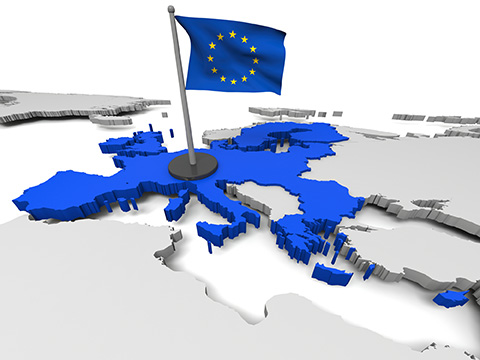HISTORY OF EUROPEAN INTEGRATION, 1945 – 1992
The course offers an introduction to the origin and historical development of the European integration in the hotly debated period between the end of the Second World War and the signing of the Maastricht Treaty.

Course Description
Course aims
It outlines the main events and stages in the development of the integration as a sophisticated and uneven process of transfer of national sovereign rights to supranational institutions; evaluates the influence of various state and non-state actors; and describes the most important political, institutional and economic achievements of integration together with its more significant failures. The role of key individuals will also be assessed. In particular, the course examines why and how the Communities were born, how they grew in scope and in size and why and how the European Communities became the European Union.
Learning outcomes
On completing this course students will be able to
understand a range of concepts linked to discussions on the history of European integration and the different ways in which historians conceptualize and explain the process of European integration.
develop a profound knowledge of the choice for cooperation and the forms that cooperation took.
critically reflect on the the most important developments in the history of European integration since the Second World War and appreciate the challenges it faced.
evaluate the role some prominent individuals played in that complex historical phenomenon.
apply their knowledge in discussions of central topics in the history of European integration.
organise and use relatively large amounts of information.
Curriculum
Curriculum
- Student code
- Student code
- UNIT ONE HISTORIOGRAPHY OF EUROPEAN INTEGRATION
- STEP 2 THE HISTORIOGRAPHY OF EUROPEAN INTEGRATION- ITS ORIGINS AND DEVELOPMENT.
- STEP 3 HISTORIANS AND THEIR THEORIES.
- STEP 4 PERIODIZATION OF EUROPEAN INTEGRATION BEFORE 1992.
- STEP 5 THE EUROPEAN FEDERATION OR EUROPE OF NATION STATES?
- UNIT TWO THE ORIGINS OF THE EUROPEAN COMMUNITIES
- STEP 1 INTRODUCTION
- STEP 2 WESTERN EUROPE BETWEEN DEMOCRATIC FEDERATION AND AMERICAN STYLE CUSTOMS UNION
- STEP 3 THE SCHUMAN PLAN, 1950
- STEP 4 THE EUROPEAN COAL AND STEEL COMMUNITY
- STEP 5 ALL ROADS LEAD TO ROME.
- STEP 6 THE EUROPEAN ECONOMIC COMMUNITY (EEC)
- UNIT THREE THE EARLY YEARS OF THE COMMON MARKET
- STEP 1 INTRODUCTION
- STEP 2 THE HALLSTEIN COMMISSION
- STEP 3 THE ESTABLISHMENT OF THE CUSTOMS UNION AND THE COMMON AGRICULTURAL POLICY (CAP)
- STEP 4 FRANCE vs the UK
- STEP 5 EUROPE BETWEEN THE SUPRANATIONAL EEC AND THE INTERGOVERNMENTAL UNION OF STAES.
- UNIT FOUR THE EC’S DARKEST HOUR?
- STEP 1 INTRODUCTION
- STEP 2 THE 1969 HAGUE SUMMIT AND ITS CONSEQUENCES
- STEP 3 THE FIRST ENLARGEMENT
- STEP 4 DEEPENING (IM)POSSIBLE?
- STEP 5 THE EUROPEAN COUNCIL
- UNIT FIVE FROM COMMUNITIES TO UNION
- STEP 1 INTRODUCTION
- STEP 2 THE ECU AND THE EUROPEAN PARLIAMENT UNIVERSAL SUFFRAGE
- STEP 3 IT WAS ALL ABOUT MONEY AND REFORMS
- STEP 4 THE SOUTHERN (MEDITERRANEAN) ENLARGEMENT AND THE CALL FOR REFORMS
- STEP 5 THE SINGLE EUROPEAN ACT
- STEP 6 THE UNION WAS BORN
